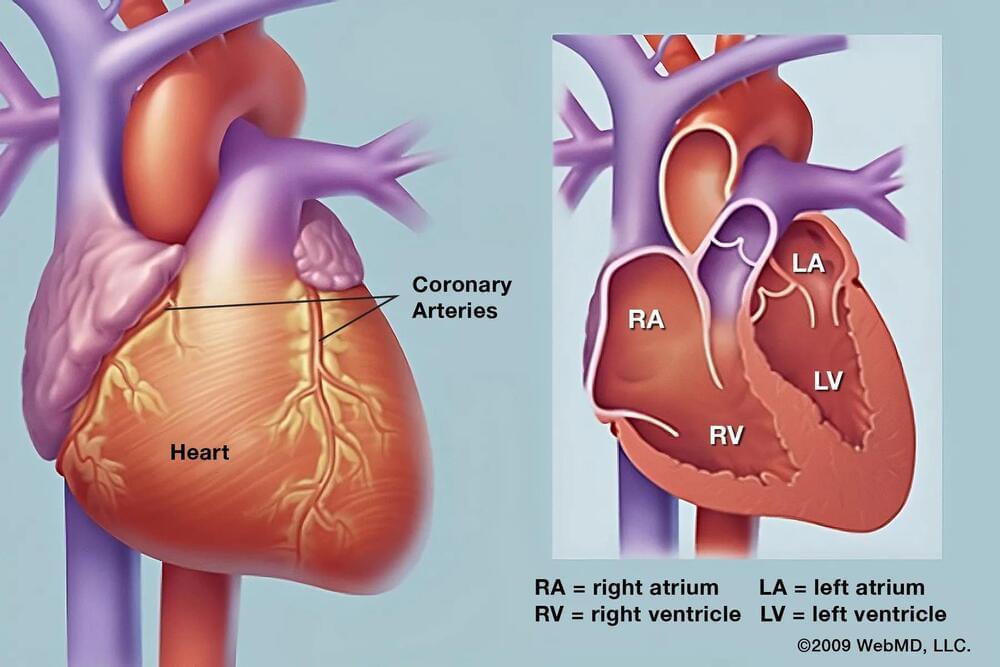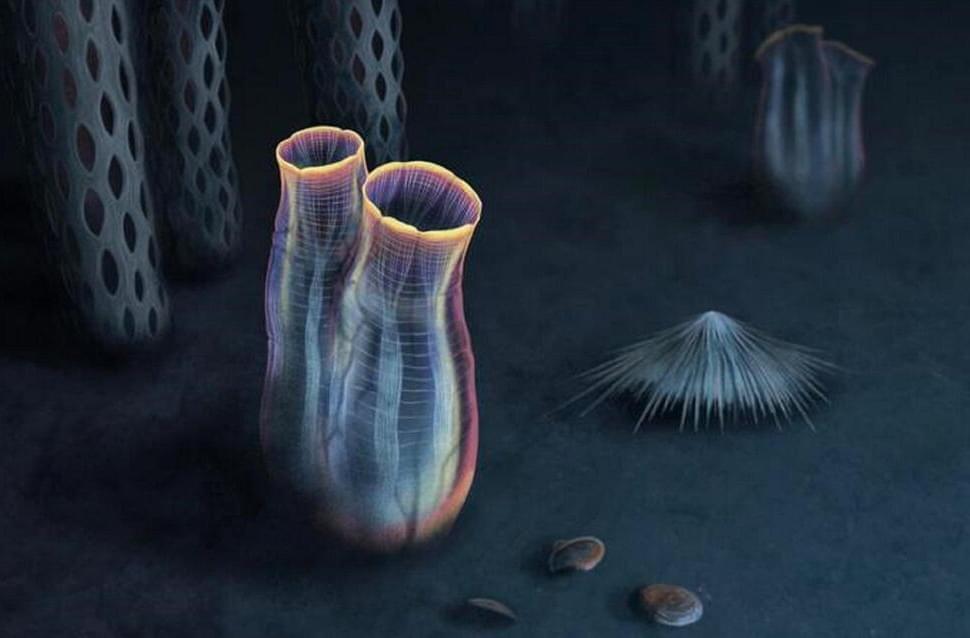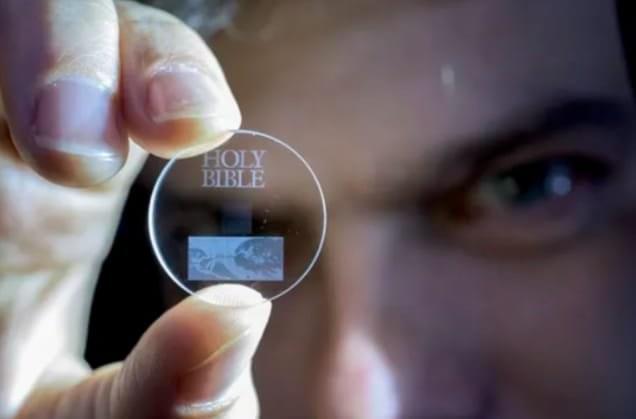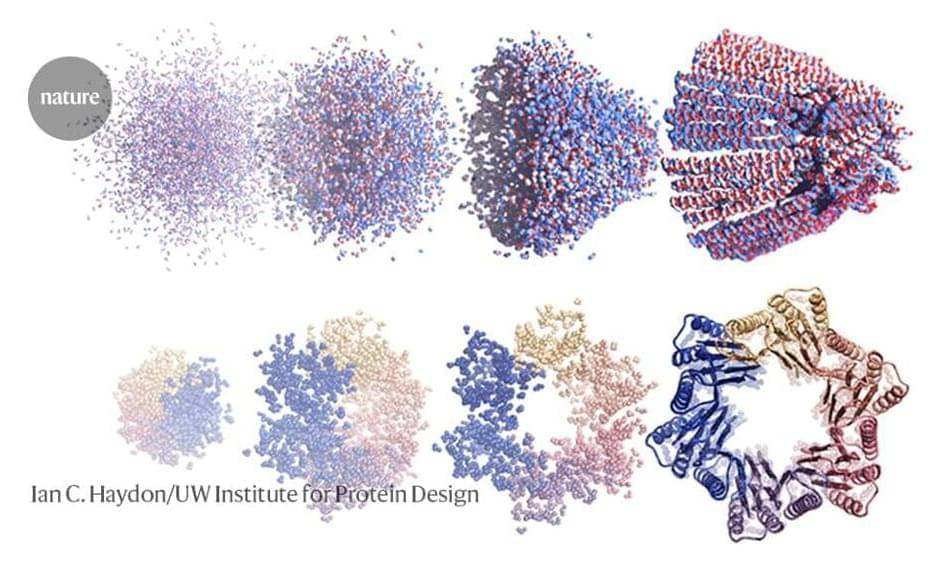Learn about the heart and and how it works from WebMD.



A rare, half-billion-year-old fossil gives us a clue to how a bizarre marine invertebrate can possibly be related to humans. In a study published on July 6 in the journal Nature Communications, Harvard University researchers identified a prehistoric specimen in a collection at the Natural History Museum of Utah as a tunicate, or sea squirt. The preserved invertebrate, which was originally discovered in the rugged, desert-like landscape of the House Range in western Utah, can be used to understand evolution mysteries that go way back to the Cambrian explosion.
“There are essentially no tunicate fossils in the entire fossil record. They’ve got a 520-to 540-million year-long gap,” says Karma Nanglu, an invertebrate paleontologist at Harvard. “This fossil isthe first soft-tissue tunicate in, we would argue, the entire fossil record.”
Sea squirts can be seen swaying on the ocean floor with its potato-like body and two chimney-like parts called siphons that are used to feed and expel water. While there are at least 3,000 different species today, the crayon-point-size organisms are generally unknown to people—despite being our invertebrate cousins, says Nanglu. Like humans, they belong to the chordates, which share five essential physical features during development or when fully grown. Most tunicates hatch as swimming, tadpole-like creatures, but eventually attach to the ocean floor and lead a sessile lifestyle.


It’s estimated that humans are producing the equivalent of 10 million Blu-ray Discs of data per day – and all and zero of those have to be stored somewhere.
Now, UK researchers may have a solution: a five-dimensional (5D) digital data disc that can store 360 terabytes of data for about 13.8 billion years.
To create the data discs, scientists at the University of Southampton used a process called femtosecond laser writing, which creates tiny discs of glass using ultrafast lasers that generate short and intense pulses of light.
Brain tissue is one of the most intricate tissue specimens that scientists have arguably ever dealt with. Packed with an immeasurable amount of information, the human brain is the most sophisticated computational device with its network of around 86 billion neurons.
Understanding such complexity is a difficult task, and therefore making progress requires technologies to unravel the tiny, complex interactions taking place in the brain at microscopic scales. Imaging is therefore an enabling tool in neuroscience.
The new imaging and virtual reconstruction technology developed by Johann Danzl’s group, at the Institute of Science and Technology Austria (ISTA), is a big leap in imaging brain activity and is aptly named LIONESS—Live Information Optimized Nanoscopy Enabling Saturated Segmentation. Their work has been published in Nature Methods.

Summary: A novel study suggests that silence can indeed be ‘heard.’ Philosophers and psychologists, using auditory illusions, demonstrated how silence distorts our perception of time, much like sounds do.
The study indicates that the brain perceives and processes silence in a manner similar to sounds. The research establishes a novel method to study the perception of absence, broadening the scope for future exploration in the realm of sensory perception.

(NewsNation) — Astronomers have once again found a potential signal of life in the clouds of Venus.
The controversial observation of molecules of phosphine was first reported in 2020. Phosphine, comprised of hydrogen and phosphorus, is a gas on Earth that is only associated with life.
Three years later, “extensive additional detections” of the molecules were presented at the National Astronomy Meeting 2023 at Cardiff University in Wales, UK, according to a Forbes report.

– India’s First Odia AI News Anchor Launched By OTV
#otvnews.
OdishaTV is Odisha’s no 1 News Channel. OTV being the first private satellite TV channel in Odisha carries the onus of charting a course that behoves its pioneering efforts.
Accordingly its charter objectives are FREE, FAIR and UNBIASED. OTV delivers reliable information across all platforms: TV, Internet and Mobile.
Stay tuned for all the breaking news!
Visit Our Website https://odishatv.in/
Android App: bit.ly/OTVAndroidApp.
iOS App: http://bit.ly/OTViOSApp.
Watch Live: http://live.odishatv.in/
YouTube: https://goo.gl/Ehz6OP
Facebook: https://www.facebook.com/otvnews.
OTV English Facebook : https://www.facebook.com/otvenglish.
Telegram @otvtelegram @otvkhabar.
Twitter: https://twitter.com/otvnews.
Instagram: https://www.instagram.com/otvnews/
#OTVNews #OdishaTV